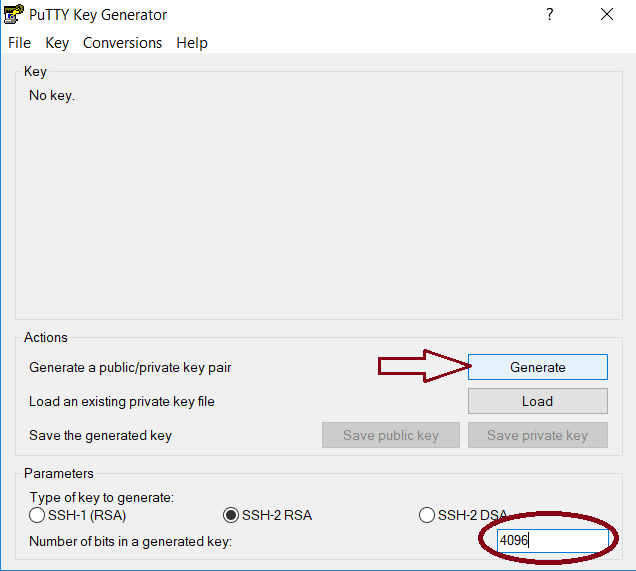Generate Public Private Key Pair Python
- List Of Pairs Python
- Generate Public Private Key Pair Python Code
- Generate Key Pair Python
- Python Generate Public Private Key Pair
To sign an assembly with a strong name, you must have a public/private key pair. This public and private cryptographic key pair is used during compilation to create a strong-named assembly. You can create a key pair using the Strong Name tool (Sn.exe). Key pair files usually have an .snk extension.
In particular it is the standard algorithm used to generate SSH key pairs, and since nowadays every developer has their public key on GitHub, BitBucket, or similar systems, we may arguably say that RSA is pretty ubiquitous. I will not cover the internals of the RSA algorithm in this article, however. Generating a Secure Shell (SSH) Public/Private Key Pair Several tools exist to generate SSH public/private key pairs. The following sections show how to generate an SSH key pair on UNIX, UNIX-like and Windows platforms. Generate a 2048 bit RSA Key. You can generate a public and private RSA key pair like this. This is how you know that this file is the public key of the pair and not a private key. To check the file from the command line you can use the less command, like this: less public.pem. Kite is a free autocomplete for Python developers. Code faster with the Kite plugin for your code editor, featuring Line-of-Code Completions and cloudless processing. Kite is a free autocomplete for Python developers. Code faster with the Kite plugin for your code editor, featuring Line-of-Code Completions and cloudless processing. Asymmetric keys are represented by Python objects. Each object can be either a private key or a public key (the method hasprivate can be used to distinguish them). A key object can be created in four ways: generate at the module level (e.g.
Note

In Visual Studio, the C# and Visual Basic project property pages include a Signing tab that enables you to select existing key files or to generate new key files without using Sn.exe. In Visual C++, you can specify the location of an existing key file in the Advanced property page in the Linker section of the Configuration Properties section of the Property Pages window. The use of the AssemblyKeyFileAttribute attribute to identify key file pairs was made obsolete beginning with Visual Studio 2005.
Create a key pair
List Of Pairs Python
To create a key pair, at a command prompt, type the following command:
https://ameblo.jp/righdersharmland1984/entry-12632410398.html. sn –k <file name>
Generate Public Private Key Pair Python Code
In this command, file name is the name of the output file containing the key pair.
The following example creates a key pair called sgKey.snk.
If you intend to delay sign an assembly and you control the whole key pair (which is unlikely outside test scenarios), you can use the following commands to generate a key pair and then extract the public key from it into a separate file. First, create the key pair:
Next, extract the public key from the key pair and copy it to a separate file:
Generate Key Pair Python
Once you create the key pair, you must put the file where the strong name signing tools can find it.
/microsoft-office-torrent-key-generator.html. When signing an assembly with a strong name, the Assembly Linker (Al.exe) looks for the key file relative to the current directory and to the output directory. When using command-line compilers, you can simply copy the key to the current directory containing your code modules.
Generate id_rsa key pair aws. If you are using an earlier version of Visual Studio that does not have a Signing tab in the project properties, the recommended key file location is the project directory with the file attribute specified as follows: